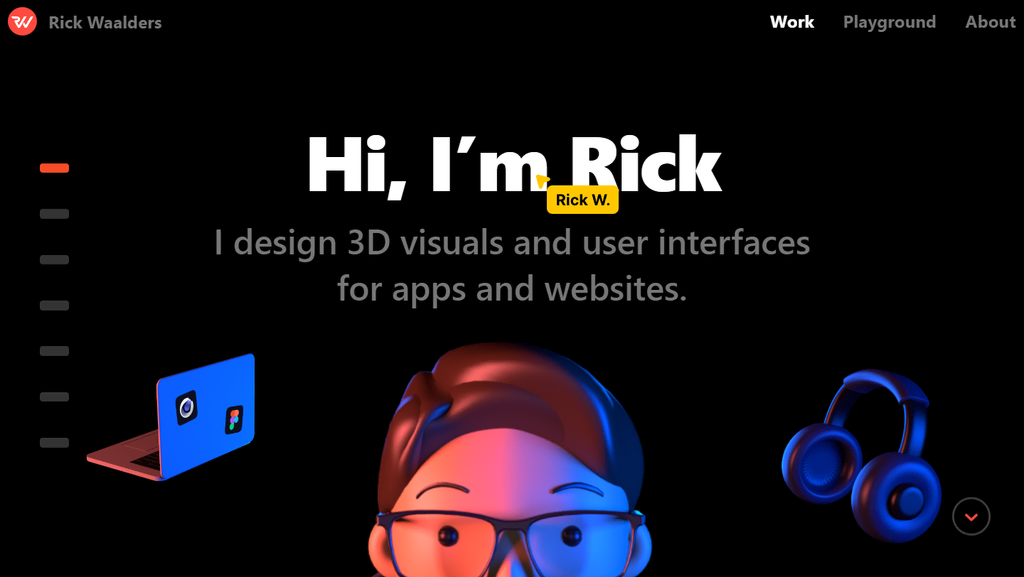Pulse of Information
Stay updated with the latest news and insights.
When Pixels Dance: Inspiring Web Designs
Discover mesmerizing web designs that inspire creativity and elevate your online presence. Let your pixels dance to success!
The Art of Responsive Design: How to Make Your Website Shine on Any Device
The Art of Responsive Design is crucial in today's digital landscape, where users access websites from an ever-growing array of devices. Responsive design ensures that your website adapts seamlessly to different screen sizes, making it aesthetically pleasing and highly functional. To achieve effective responsive design, consider incorporating flexible grids, scalable images, and CSS media queries that adjust styles based on the device's characteristics. By prioritizing mobile-first design, you not only enhance user experience but also improve your SEO ranking, as search engines favor sites that deliver consistent performance across devices.
When implementing responsive design, it is essential to focus on user experience. This includes ensuring that text is legible without zooming, buttons are easily clickable, and navigation remains intuitive. Testing your site on various devices is a vital step; tools like responsive design checkers can help identify any layout issues. Additionally, your website's load speed should be optimized for both mobile and desktop users. By embracing the principles of responsive design, you can create a website that not only shines on any device but also keeps visitors engaged and coming back for more.

Color Psychology in Web Design: How to Choose the Right Palette for Your Brand
Color psychology plays a crucial role in web design, as the colors you choose can significantly influence user perception and behavior. Each color elicits different emotions and associations; for instance, blue often conveys trust and dependability, making it a popular choice for corporate websites, while red evokes excitement and urgency, ideal for call-to-action buttons. When selecting a color palette, consider the message you want to communicate and the feelings you wish to evoke in your visitors. Additionally, ensure that your color choices align with your brand identity, as consistency fosters recognition and loyalty.
When designing your site, it's essential to create a balanced and harmonious color scheme. A well-chosen palette can enhance user experience by guiding attention and improving readability. One effective method is to use the 60-30-10 rule, where 60% of the layout features a dominant color, 30% a secondary color, and 10% an accent color. This approach allows for visually appealing designs without overwhelming the viewer. Don't forget to test your color scheme using tools that simulate color blindness to ensure accessibility for all users. In the end, thoughtful application of color psychology can not only beautify your site but also strengthen your overall brand presence.
10 Inspiring Web Design Trends to Watch in 2024
As we step into 2024, the world of web design continues to evolve, showcasing innovation and creativity. One of the most promising trends is the rise of minimalist design, characterized by clean lines and simple layouts that prioritize user experience. This approach reduces clutter and directs user attention to essential elements of a site. Alongside minimalism, we are witnessing the resurgence of neumorphism, a design style that blends realism with flat design to create soft, embossed effects that add depth and dimensionality to user interfaces.
Another exciting trend to keep an eye on is the integration of dark mode features that offer users a more comfortable viewing experience, especially in low-light environments. Additionally, the use of bold typography is gaining traction, with designers opting for oversized typefaces that make statements and enhance readability. Lastly, the trend of immersive storytelling through animations and interactive elements is set to redefine user engagement, turning passive browsing into an engaging experience that captivates audiences.